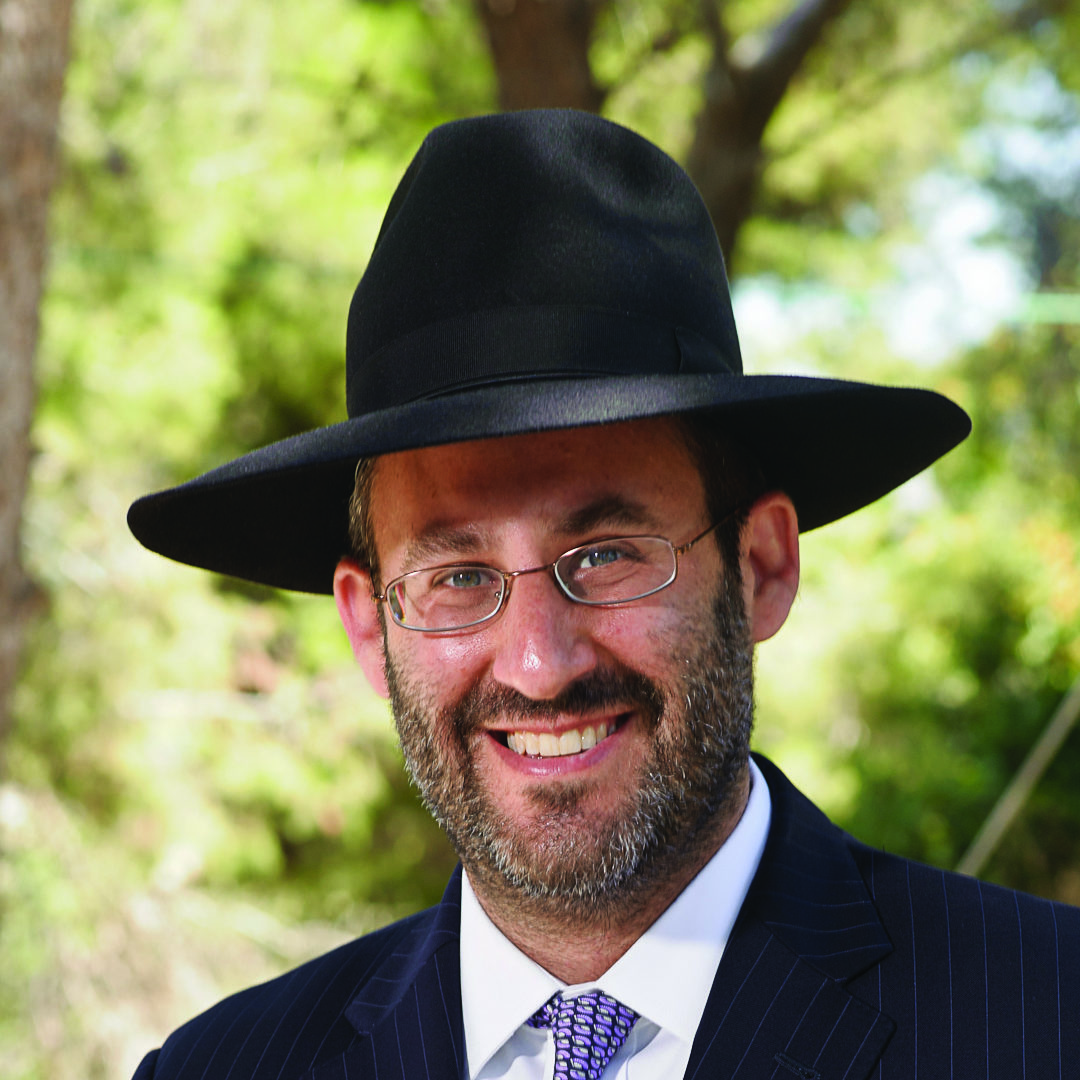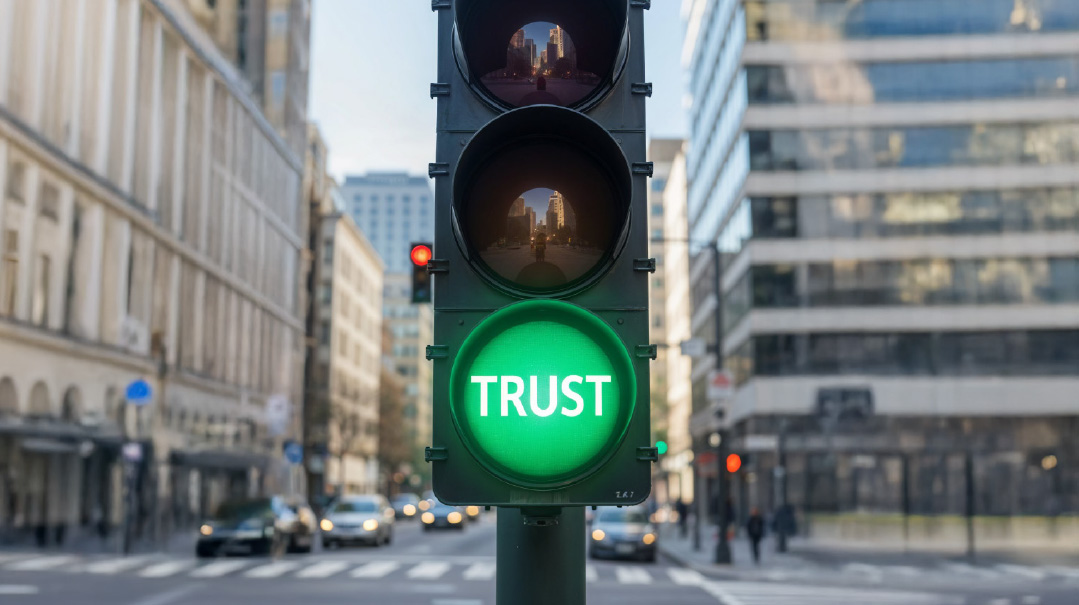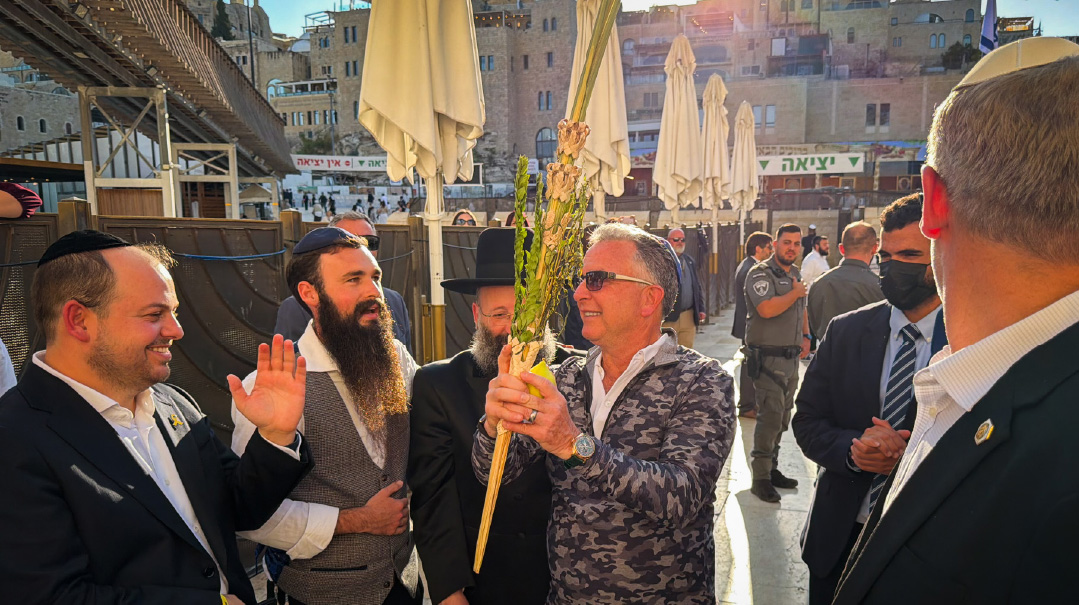My Tale of Two Mentors

T
This story begins 15 years ago, when it was time for me to select a mesader kiddushin for my upcoming marriage. I thought of two options, two rabbanim who had (and continue to have) a profound influence on my life.
One was Rabbi Binyamin Yudin, my rabbinic mentor who introduced me to the world of practical rabbanus. For five years, from 1995 to 2000, I followed his every move. I would often spend Shabbos in his home and would also meet with him during the week. On Fridays, we would visit the sick and the shut-ins together. And we once traveled three hours in a major snowstorm on an Erev Shabbos to make a hospital visit.
During my final year working with Rabbi Yudin, I volunteered to pick up Rabbi Moshe Weinberger from Woodmere, New York, and bring him to Fair Lawn, New Jersey, for a lecture. I drove him back afterward as well, but at that point, I knew him only as a charismatic young rabbi whose popularity was growing.
The drive back to Woodmere proved transformative: It would be the beginning of a rebbi/talmid relationship that would intensify over the next four years while I practiced corporate law in Manhattan. Every Thursday evening, at the end of a long workweek, I would participate in a select chaburah and learn Maharal with Rabbi Weinberger.
At first glance, it seems like these two men don’t have so much in common, although both are graduates of Yeshiva University with semichah from REITS. Rabbi Yudin, 13 years Rabbi Weinberger’s senior, is a classic Torah teacher. He has a passion for Chumash and can be heard each Friday on the Nachum Segal JM in the AM radio program sharing a learned, profound vort on the parshah. His mentors are classic litvish rabbanim whose emphasis in learning is the Revealed Torah of halachah and lomdus.
Rabbi Weinberger, by contrast, introduced chassidus to the Modern Orthodox community. The seforim he fundamentally peruses and personalities he emulates tend to be individuals rooted in the world of the Hidden Torah. He recently opened an institution devoted to developing students who will bring forth to communities this deeper and more esoteric dimension of Torah.
So how did these two rabbanim, with their different approaches and congregations, capture my attention as rabbinic role models?
Actually, the binding source and root of these two outstanding leaders was the Suvalker Rav, Rav Dovid Lifshitz ztz”l. They both studied under Rav Dovid in Yeshiva University in their formative years. Rav Dovid left them with warmth, kindness, and appreciation for the role neginah can play in our lives and in service of Hashem.
From this source of inspiration, Rabbi Yudin went to Fair Lawn, New Jersey, where he set up a Shabbos minyan. Fifty years later, he’s created a thriving full-service Jewish community.
Rabbi Weinberger eventually went to the Five Towns, a bastion of Modern Orthodoxy when he arrived 25 years ago, and launched an experiment that has become the model that many emulate but few can replicate.
How did they both reach levels they’d probably never imagined? One answer is embedded in the question.
I don’t believe either of them had machinations of building the great communities and followings they did. Neither was looking for glory or accolades. Both were passionate about the tasks at hand. They both were unflinching in their focus of building Jews. And they both began in small houses and built up year after year until their communities blossomed.
They aren’t professional modern rabbis who attend conferences and speak politics. Not people who use the Torah as a “kardom lachpor bo,” to advance their own standing and agendas. They are true seekers of the Ribbono shel Olam.
Rabbi Yudin would regularly be up past midnight talking in learning on the phone with Rabbi Elya Chaim Swerdloff, rosh yeshivah in neighboring Patterson. This was his passion, energy, and lifeblood — a talmid chacham with great reverence for other talmidei chachamim.
Rabbi Weinberger would spend hours on Sundays in his basement plowing through esoteric seforim, or staying up practically all Leil Shabbos learning chassidus. He often remarked that this is the way to attain yishuv hadaas — clarity of mind. He has notebooks filled with hundreds of marei mekomos of his own creativity and mastery of revealed and hidden Torah.
They are also both models in their way of tefillah, have a clear vision of what a shul should look like, what the atmosphere will be, and what is appropriate, and both have strong convictions or an “azus d’kedushah,” a “holy chutzpah.”
I recall Rabbi Weinberger sharing that he once interviewed for a rabbinical position and they asked him how he would feel about the shul hosting a casino night. He said honestly, “I would cry.” They apparently thought he was joking, but he wasn’t.
I’ve heard him say a number of times that learning and teaching Torah is a neshamah-to-neshamah connection. He was clear that his methods and outlook might not resonate with everyone and he wasn’t afraid to articulate that point.
Rabbi Yudin was fervent in his belief that a shul should have one main minyan and not the multitude of breakaways and silos that many others have. He would also teach Torah with a firm belief that the Torah “sells itself.” No need to dress it up with gimmicks or fancy attention-grabbers. He was never interested in shortcuts or doing things to please people’s contemporary senses.
ANOTHER COMMONALITY is their connection to baalei teshuvah and how this population played a fundamental role in their work.
Rabbi Weinberger spent his early years teaching in Ezra Academy in Queens. He would connect to those who emigrated from the former Soviet Union and many are observant today because of his investment in them. He also produced groundbreaking scholarship on issues relevant to the baal teshuvah movement.
Rabbi Yudin to this very day still teaches in the Mechinah beginners program at Yeshiva University, and he’s always had a plethora of students from nonobservant backgrounds around his Shabbos and Yom Tov table. One class that was non-negotiable was his Monday night class in Fair Lawn for the many Russians who had moved to the neighborhood.
And perhaps maybe most impactful, they each have amazing wives.
Rebbetzin Chavi Yudin has been an equal partner with her husband in all the years of building up Fair Lawn. She could host a hundred people in her home for a Shabbos meal or Purim seudah with aplomb — she’s hosted a sheva brachos for the children of every shul member family.
Rebbetzin Weinberger is an elegant and consummate Torah teacher. The women of her community are attracted to her sense of style and stimulating and penetrating Torah classes. She would often supply her husband with the inspiring stories with which he would end one of his own rousing talks.
As for me? Well, I’m now married 15 years and have more than that amount of rabbinical experience under my belt, serving my third community in the New York metropolitan area. I also have an incredible wife, but I’m not really close to being either one of them. I do try, however, to glean what I can from the various strands that bind these terrific rabbinic role models and communal leaders.
And I’m fortunate in these coming weeks to participate with thousands as they extend warm wishes to each of these special rabbanim. Rabbi Yudin is retiring from his shul after 50 years of service, and Rabbi Weinberger is redoubling his efforts for the next 25 years of his journey.
I’m grateful that one was my mesader kiddushin in Israel, while the other spoke at my wedding-like sheva brachos in New York. I, together with Klal Yisrael, wish them both continued nachas and success in all their future endeavors until 120. Mazel tov!
Originally featured in Mishpacha, Issue 753. Rabbi Dovid M. Cohen, Esq. M.Sc., is the chief relationship officer at Yachad, an international nonprofit serving the disabled and is concurrently the rabbi of Congregation Ohr Torah in North Woodmere, New York. He authored We’re Almost There: Living with Patience, Perseverance and Purpose (Mosaica Press 2016) and has an active practice in marital therapy.
Oops! We could not locate your form.













